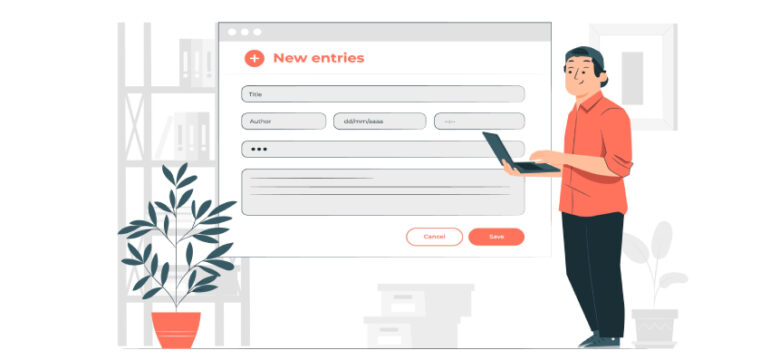What do you think is the most valuable digital real estate? Well, your database of email subscribers is certainly one of the top contenders.
Now, any digital marketer good at their job will tell you that if you want your brand to succeed in today’s digital market; you have to be creating content consistently. Blog posts, e-books, whitepapers, infographics, podcasts, etc., when it comes to content marketing, the options are many.
The point of creating all this content, of course, is to get it in the hands – or on the screens – of consumers and of your target audience, who are likely to become your customers if you give them something great to read. After all, who doesn’t love to consume value-added content?
So if that’s what you’re trying to do, then what’s the whole idea behind gated content? Why would you ever erect a barrier between your potential customer and something they’re trying to access? After all, marketing is generally about removing barriers to purchase, isn’t it?
That’s certainly true, but in some cases, putting up a gate that consumers have to pass through to get to your content can work in your favor. Erecting a gate before your content helps you identify the people interested in your content and/or business as you collect their contact information before they can access your gated content. In other words, gated content helps you build a database of your potential customers.
How Does Gated Content Work?
Gated content can only be accessed by the public through a lead capture form. Typically, a website visitor will need to provide contact details and possibly answer a few questions (e.g. name, position, organization, etc.). They will then be granted access.
Marketers typically use email forms and subscription gates to exchange contact information for well–researched content that prospects find helpful.
Gating content means you hide some of your most informative and valuable content from search bots whose main purpose is to find the answers to users’ questions.
Advantages of Gated Content
First and foremost, you are looking for a tactic that will help your business succeed. Through its sheer presence alone, content gates can bolster its perceived value. Subscription gates can have a psychological effect on users by implying that the content is more valuable, reliable, and useful since its access isn’t readily available to anyone.
Moreover, without content gating, it is way more challenging to identify visitors and hence convert them into leads. By having information of the visitors hoping on your website, you can easily track them, retarget them and reach out to them directly or indirectly, thus multiplying your chances of converting them into paying customers.
By gaining insight into who is interacting with the gated content, you can streamline sales outreach. You’re able to more easily and more effectively identify and then land higher-quality leads. There’s an operating assumption that those willing to provide their personal information in exchange for your content are more likely to be interested in the other goods or services you offer.
Gated content lets you capture more email addresses, increasing your number of leads. In some cases, gating content can also increase the quality of your leads.
Capturing readers’ email addresses gives you more opportunities to provide them with the types of content they want to consume.
Disadvantages of Gated Content
Like almost all other things, gated content also comes with its own set of disadvantages.
It can reduce the number of people who read your content. A certain percentage of people will leave your site when they see the email form pop up. You’ve therefore lost those potential leads.
Gated content has little to no SEO value because it is not accessible to search engine bots. That means the bots aren’t reading it, and therefore they aren’t indexing it in Google.
When Should You Gate Your Content?
To determine this, you need to look at the following:
- Your business’s goals
- Your goals for each piece of content
Gating can work to attract more, higher-quality leads for one sort of content, while it can drive away leads when it’s used on another.
In general, things like blog posts, infographics, and slideshares are best left ungated – after all, these are things you create in order to get more eyes on your content, improve your SEO, and increase your brand awareness. Gating these things can make your business seem like it’s only out to chase leads, and that’s only going to drive potential customers away.
Reports, white papers, webinars, and other things that require lots of time and effort to create often do well when they’re gated. Very few people are going to sit through an entire webinar purely on a whim, so if they’ve found it, they’re likely willing to offer up their email address for access.
One great way to use your gated and ungated content to complement each other is to offer pieces of ungated content that lead readers to gated content.
For example, if you’ve completed an extensive report on the state of your industry, you could write a blog post that gives highlights from the report and includes a call-to-action for readers to download the full report. The full report would be gated; the blog post, on the other hand, must not be gated.
Marketers obsess over how much they can sell and which types of content earn the highest ROI. A content strategy that mixes informative, free content with epic and informative gated content will always win. It will also please both marketing and sales, and getting those two to agree is nothing short of a miracle.






















Comment on this post